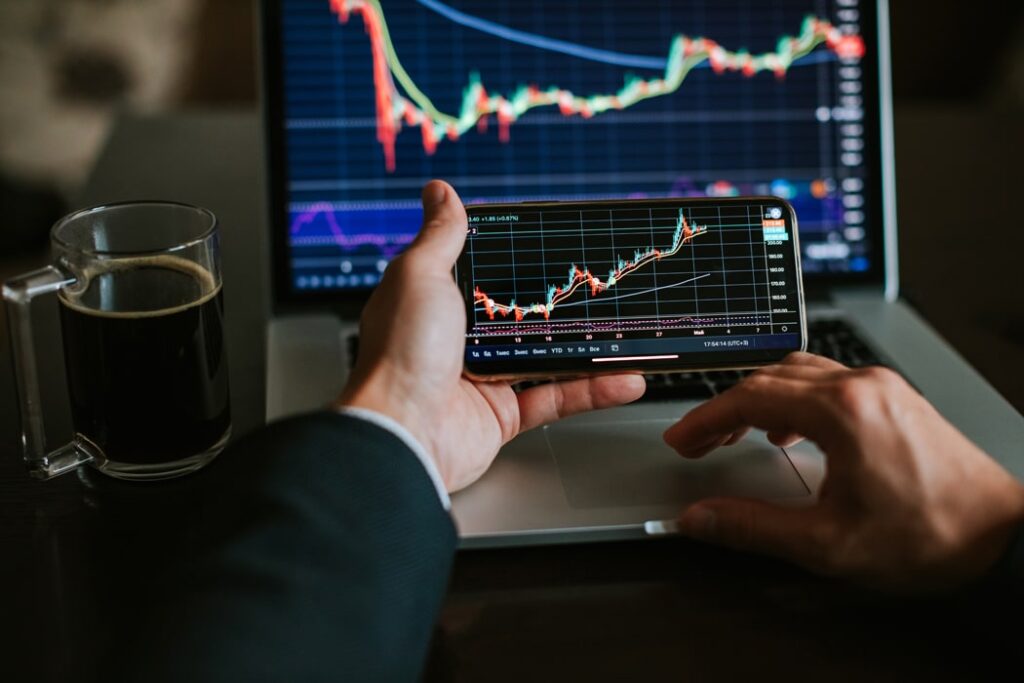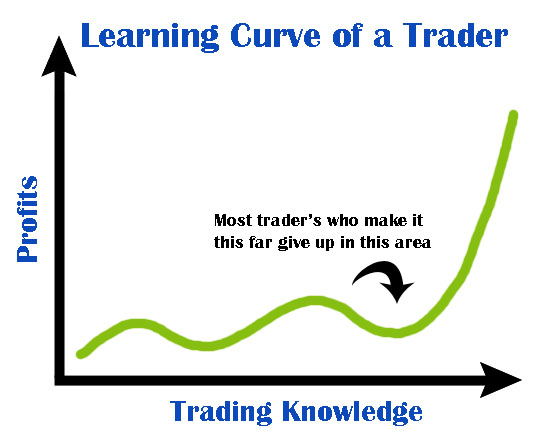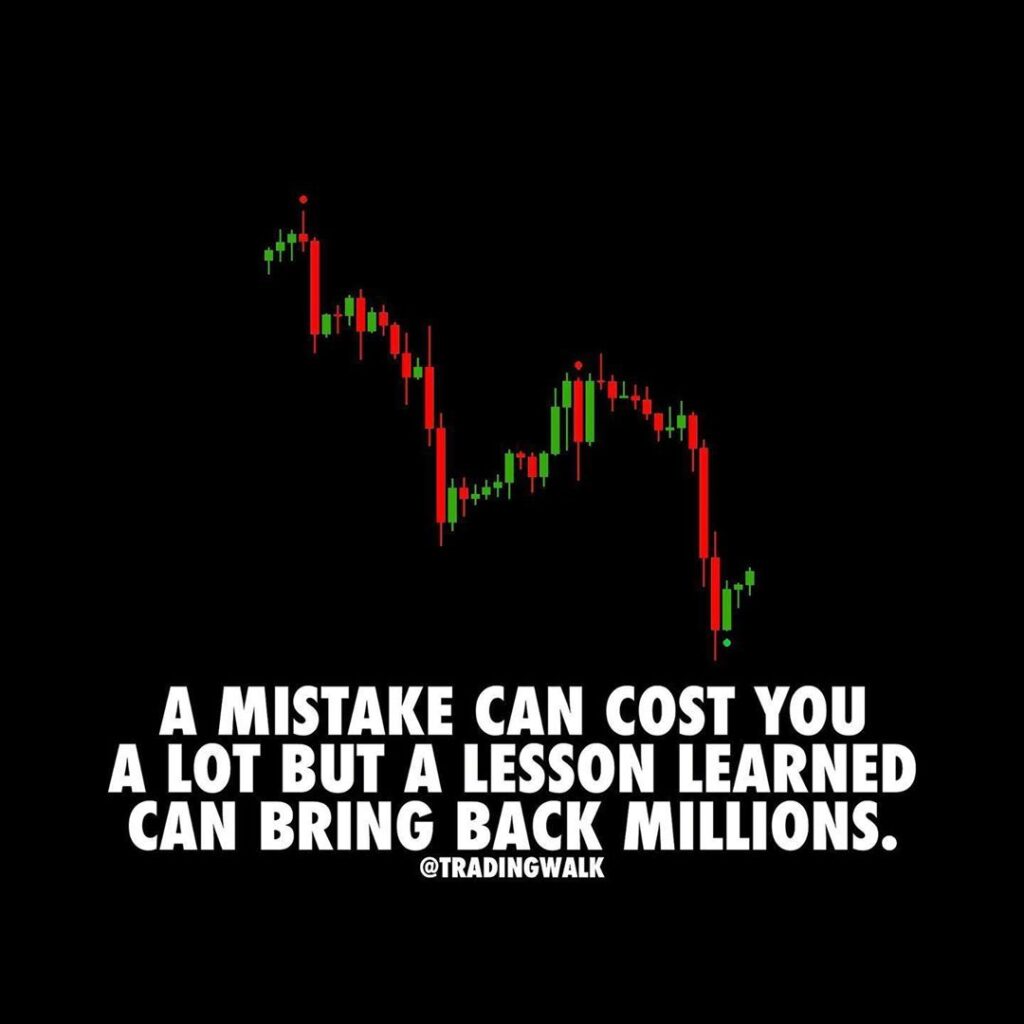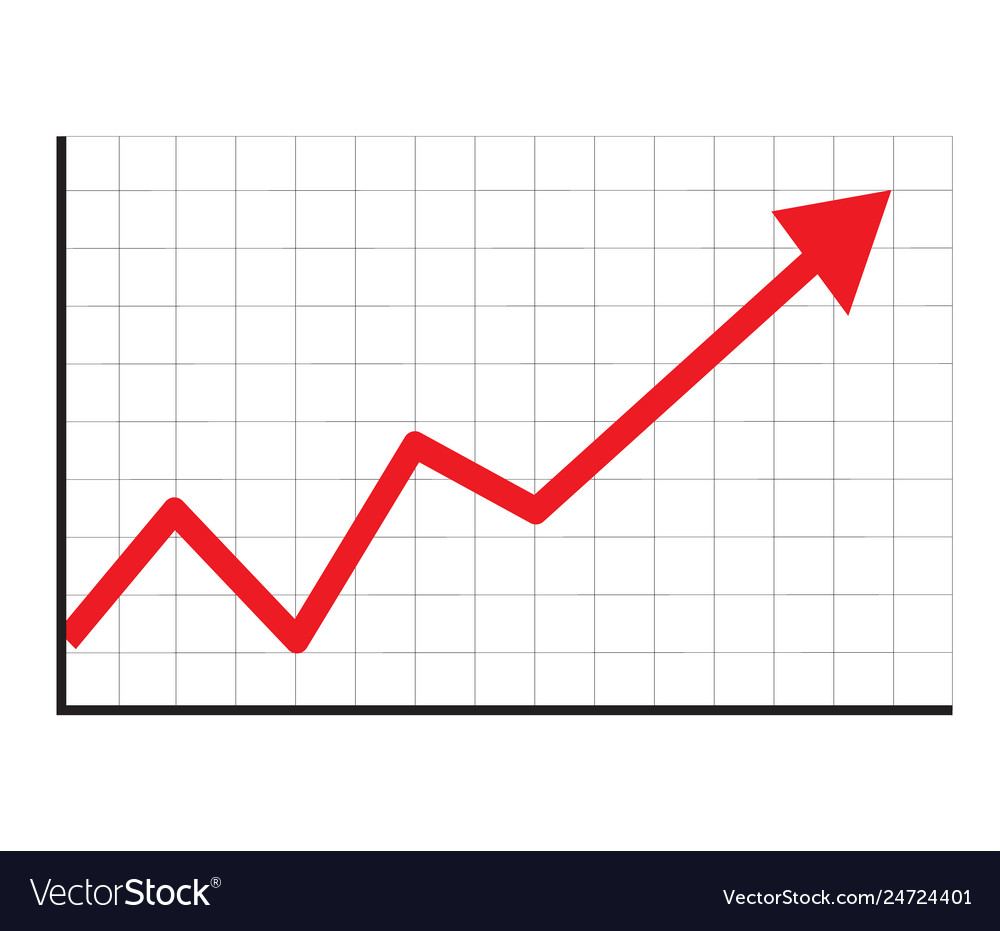Why is it important for everyone to do forex in today’s world?
Leave a Comment / By samir93khan / September 8, 2023
Forex, or foreign exchange trading, can be a valuable financial tool for some individuals, but it’s not necessary or suitable for everyone. Here are a few reasons why some people might find forex trading important:
- Global Financial Markets Exposure: Forex provides exposure to global financial markets, allowing individuals to participate in the worldwide economy.
- Diversification: It can be a way to diversify one’s investment portfolio, potentially spreading risk across different currencies.
- Speculative Opportunities: Some traders use forex for speculative purposes, aiming to profit from short-term price movements in currency pairs.
- Hedging: Businesses engaged in international trade often use forex to hedge against currency fluctuations, reducing the risk associated with varying exchange rates.
- Liquidity: The forex market is one of the most liquid markets in the world, meaning it’s easier to buy or sell currencies quickly without significantly affecting prices.
However, it’s important to note that forex trading carries significant risks and is not suitable for everyone. It requires a deep understanding of the market, a disciplined approach, and the ability to manage risk effectively. Novice traders can incur substantial losses if they’re not well-informed and experienced.
Before engaging in forex trading, individuals should educate themselves, consider seeking advice from financial professionals, and practice with a demo account to gain experience without risking real money. Additionally, it’s crucial to only invest what one can afford to lose.
Remember, traditional investment methods like stocks, bonds, and real estate also play crucial roles in wealth building, and they may be better suited for some individuals based on their risk tolerance and financial goals.
A trader could, for example, trade international currencies or commodity Futures during the evening after work. Alternatively, traders can opt for a long-term trading approach (swing trading) where they don’t have to keep up with charts Why is it important for everyone to do forex in today’s world? the day, and checking your trades once a day might be sufficient.

. Find your market
The first thing on your agenda is choosing the market(s) that you want to trade. Do you want to trade currencies (Forex), stocks, or Futures? Each market has its pros and cons, and no market is better than the other.
The choice comes down to personal preferences, but traders also must factor in how trading a specific market fits into their overall lifestyle. If you have a demanding day job without the ability to check in on your charts and trades during the day, day trading your domestic stock market might not be an option because the stock market typically opens from 9 a.m. until 5 p.m. The Forex and Futures markets are open Why is it important for everyone to do forex in today’s world? the week (with some exceptions) and might provide more flexibility.
A trader could, for example, trade international currencies or commodity Futures during the evening after work. Alternatively, traders can opt for a long-term trading approach (swing trading) where they don’t have to keep up with charts during the day, and checking your trades once a day might be sufficient.
Getting this first step right is crucial because it determines how effectively you will be able to monitor and manage your markets and your trades.

Finding a trading strategy
Now, you need a trading strategy. A quick Google search yields thousands of results for trading strategies but how do you find the right one and what do you have to look out for when choosing your trading strategy?
In your first 9 – 18 months, you have to explore different strategy types to get an understanding of the different approaches to timing, managing, and exiting trades. What I would suggest is that you try a new trading strategy every 3 to 4 months. This will give you enough time to get a good understanding of each trading strategy. After you have gone through 3 to 6 different trading strategies, you Why is it important for everyone to do forex in today’s world? have a good idea of what feels best to you. During this step it is not so much about finding a trading strategy that will make you the most amount of money, but about understanding what type of trader you are and which analytical and trading approach suits you and your way of thinking.
When it comes to trading strategies, make sure that you have a “complete” trading strategy. This means, that the trading strategy should contain rules for all the following:
- Entry rules
- Stop Loss and Take Profit rules
- Exit rules
- Trade management
- Risk management
Many new traders make the mistake of focusing exclusively on the trade timing and entry-picking aspect of a trading strategy and neglect the rest. The result is that once they are in a trade, they have no rules for managing their trades and how to respond to price movements. Inevitably, traders will then lose money and they attribute their failure to wrong entry rules because they don’t know that there are other, vital aspects of a trading strategy.
If you do not know where to start, take a look at our Why is it important for everyone to do forex in today’s world? where I provide ready-to-use, complete trading strategies that are ideal for finding out what suits you.

Don’t ride the learning curve
There comes a time when you have to settle for a trading strategy and stop experimenting. It is important to realize that you do not just find a trading strategy that will make you money from the beginning. Rather, it is a process to make a trading strategy work and adapt it to the instruments that you are trading. Furthermore, you have to become the trader that can execute their trading strategy effectively without getting emotional and deviating from your plans.
In the beginning, you will notice that even though you might have a complete trading strategy with solid rules, you will not be able to execute your trades as optimally as you should. This is completely normal! Becoming a trader is a process.
At this stage, you will be tempted to abandon your trading strategy after realizing your first few losing trades. You Why is it important for everyone to do forex in today’s world? resist this urge because, in 99% of all cases, it is not the trading strategy that needs to change, but it is you that has to change. This might sound strange, but the next point will go deeper into this.
We have worked with thousands of traders over the years and we have seen time and again that many traders struggle to accept that even a winning trading system can (and will) experience losses regularly. When traders cannot accept that a system can lose, even though it might make money long-term, they are more likely to jump to a new strategy, hoping to find one that will not encounter losses. The sooner the trader is ready to accept that a “perfect” trading system doesn’t exist, the better for their overall progress.

Learn from your mistakes
Reviewing your trades regularly serves two major purposes.
First, most traders will realize that the losses they experience are caused by themselves. This means most losses will be the result of deviating from your trading rules. Of course, sometimes you will do everything correctly and the trade will still not work out. In the beginning, however, it is more likely that a large part of your trading losses is caused by you breaking your trading rules. Why is it important for everyone to do forex in today’s world? is good news because it means that the trader doesn’t have to change to a new trading strategy, but instead, they must start working on themselves, creating better-coping mechanisms, and improving their discipline. Go through each of your last trades and check if you did something wrong and how you could have improved your decision-making.
Furthermore, a regular trade review can also reveal problems with your trading strategy. Recently, I talked to a trader that I mentor, and he said that although most of his trades would have worked out, 90% of the time, the price hit the stop loss first before returning into the anticipated trade direction. Why is it important for everyone to do forex in today’s world? such cases, the trader probably uses a stop loss that is too close to the price and by giving his trades a bit more room to unfold, he may be able to turn some of the losses into wins. Such insights are invaluable and can only be spotted during a trade review.
Unfortunately, most traders don’t regularly review their trades and therefore never learn from their mistakes. Nowadays, there are many great solutions for traders and we also created the Edgewonk.com trading journal that makes the review process easy and efficient.

Backtesting – Speed up your learning process
Backtesting is, besides keeping a trading journal, another great way for traders to speed up their learning progress. During a backtest, the trader goes through historical price data and looks for trading opportunities by applying their trading rules. The goal is to evaluate how the trading strategy and the specific trading rules would have performed in the past. Traders can gain important insights through backtesting such as the historical winrate, how many trading signals the strategy generates on average, and what the best reward:risk ratio would have been.
But a backtest will also allow traders to improve their pattern recognition. Most traders will use technical analysis, price action and/or patterns in their trading, and in the beginning, your pattern recognition skills won´t be great. Why is it important for everyone to do forex in today’s world? by going through a lot of historical data and placing dozens of backtest trades, you will be exposed to a wide variety of different chart scenarios. This will then allow traders to become more efficient in spotting good trading opportunities in their real-time trading later.
More backtesting is always better and I would recommend spending as much time backtesting as you can. Whenever you have some downtime, schedule a 30-minute backtesting session to squeeze in some quality learning time.
When to go live
Going live refers to starting trading real money. In the first few months, traders typically trade a so-called demo trading account where they trade fictional money with real-time market data. The question of when the optimal time is to make the transition to trading real money inevitably always comes up.
Unfortunately, there is no objectively right answer when it comes to determining the optimal time to start trading real money. Before you start trading real money you should have a good understanding of your trading strategy and you should have backtested historical data to verify that your trading rules would have made money in the past. However, this is no guarantee that the same rules will also make money going forward.
Nowadays, with the emergence of funding companies that will provide real capital to traders, this might also be a valid option. The benefit of a funding challenge is that the trader does not trade their own money while being exposed to rigid risk management rules, set by the funding companies. Learning to trade within the risk limitations might be a great training process for new traders because it forces them to apply conservative risk management measurements. This will also bring us to the next point on this list.
Expectation management and risk
Most traders, when they start trading, believe that trading is a way to make a lot of money in no time. Although reality will usually catch up very quickly and it is becoming clear that making (a lot of) money is not going to be that easy, many traders can´t let go of their dream and they keep pushing their luck. And to make a lot of money, traders have to take on a lot of risk. High levels of risk usually lead to margin calls and traders losing a lot of money.
Therefore, in your beginnings, you should practice risk management and especially position sizing. Typically, trading books and other high-profile traders recommend the 1% position size rule. This means that you do not risk more than 1% of your trading capital per trade. This is a great starting point because it reduces the likelihood of large losses which then lead to emotional trading and traders losing even more.
One issue many traders face is that their trading accounts are so small that risking 1% per trade and then maybe making 3% or 4% per trade is meaningless and traders cannot take their trading seriously enough. The great thing about starting a funding challenge is that the funding companies usually have very tight risk management rules which force traders to stick to their position sizing principles. Instead of self-funding a $300 or $500 trading account, paying $100 for the smallest funding challenge might be a great alternative for many traders. The level of accountability that the funding challenges provide can help traders trade with more consistency and take less risk.
Growing your trading account
Trading is a game of patience. Traders need patience when waiting for their trading opportunities, it requires patience to stay in a good trade to maximize profits, and traders need to be patient when it comes to growing a trading account.
Once you have settled on a trading strategy, have backtested your trading rules to verify that historically they could have made money, started journaling your trades to learn from your mistakes, and practiced safe risk management, the grind starts.
Trading is a long-term game and the saying ´Rome wasn’t built in a day´ is 100% applicable to trading. In the beginning, when you are not a full-time trader and still have a regular day job, you have a few great advantages. First, there is no (or very minimal) pressure to generate an income from your trading. Your day job will pay for your bills, and you can trade with a free mind. Also, you can start growing your trading account by regularly depositing into your brokerage account. BUT only do this once you have proven, over a stretch of multiple months, that you can actually make money long-term in a sustainable way.

Do stock market along with job.
Do stock market along with job.
Balancing a job with stock market activities can be challenging, but it’s definitely possible with some careful planning and time management. Here are some tips to help you navigate both:
- Set Clear Goals: Determine your investment objectives and risk tolerance. This will guide your decision-making process.
- Education and Research: Learn about the stock market, different investment strategies, and how to analyze companies. Stay updated with financial news and market trends.
- Establish a Routine: Allocate specific times for market research, trading, and analysis. This could be before or after work, during lunch breaks, or on weekends.
- Use Technology: Utilize stock trading apps and platforms that allow you to monitor and execute trades on the go. This can be very handy during work hours.
- Automate Where Possible: Consider setting up automatic contributions to your investment accounts or using stop-loss orders to manage risk.
- Diversify Your Portfolio: A diversified portfolio can help spread risk. Consider a mix of stocks, bonds, and other assets.
- Start Small: Especially if you’re just starting out, begin with a small amount of capital that you can afford to lose.
- Stay Disciplined: Stick to your investment strategy and resist impulsive decisions. Emotional reactions can lead to poor choices.
- Utilize Alerts and Notifications: Set up alerts for price movements, news, or other relevant information. This way, you can stay informed without constantly monitoring the market.
- Stay Informed About Tax Implications: Understand how taxes may impact your investments, and consider consulting a tax advisor for guidance.
- Keep Your Job a Priority: Remember that your job is your primary source of income. Ensure that your stock market activities don’t interfere with your job performance.
- Manage Risk: Don’t invest more than you can afford to lose. Have a clear exit strategy in place for each investment.
- Review and Adjust: Regularly evaluate your portfolio’s performance and make adjustments as needed.
Remember, it’s important to be patient and realistic about your expectations. The stock market can be unpredictable, and success often comes with time and experience.